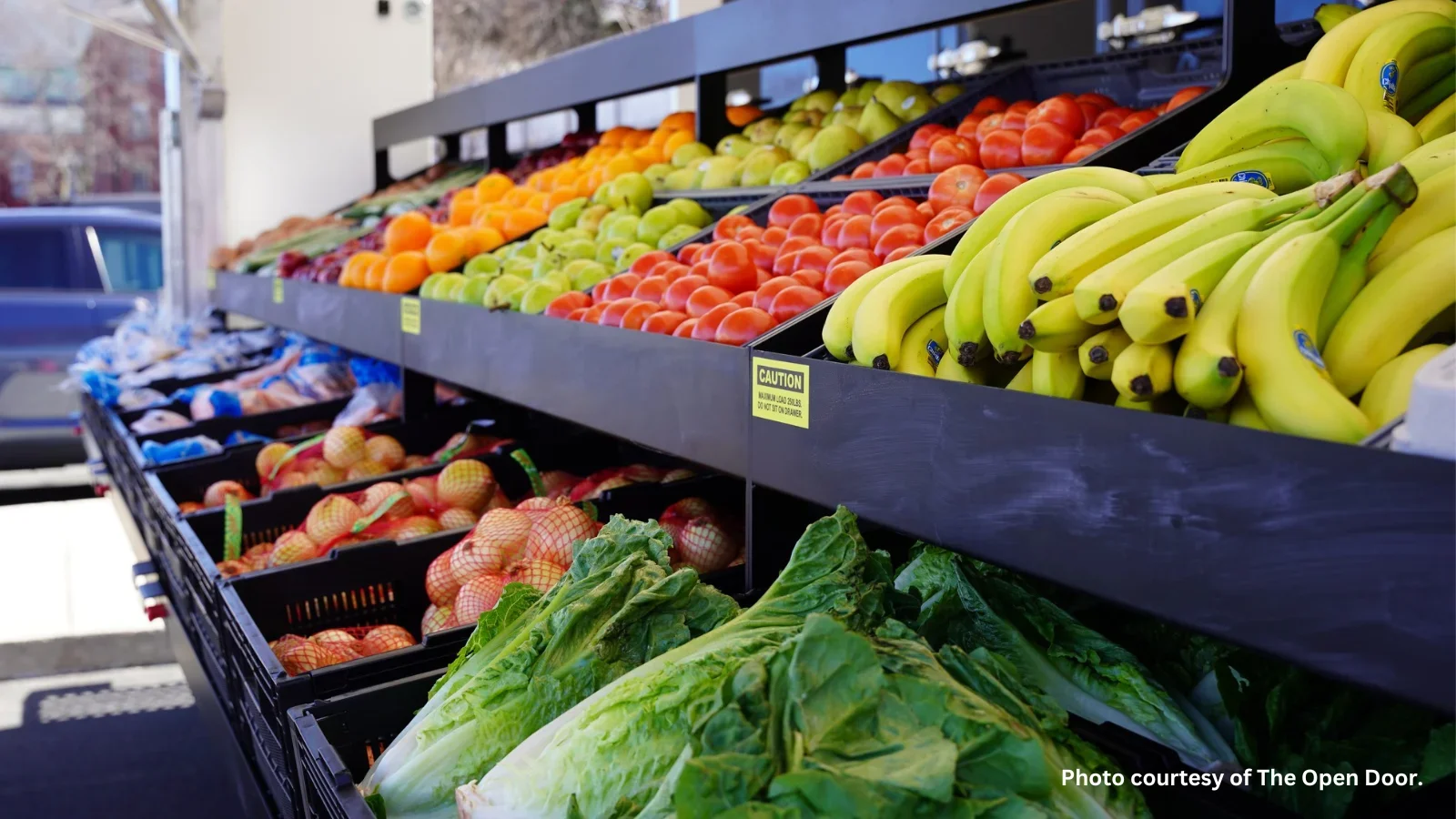Mobile Markets: The Fresh Food Solution Every Food Bank Needs
For decades, food banks have focused on one key metric: tons of food moved. The more pounds distributed, the greater the impact—right?
Not necessarily.
Most food banks distribute whatever is donated. That often means families receive food they didn’t choose, don’t know how to prepare, or don’t want. No agency, no cultural relevance, and no dignity of choice.
And here’s the hard truth: Calories don’t equal nourishment. Tonnage doesn’t equal impact.
Why Mobile Markets Are the Missing Piece
Progressive food banks are rethinking their role—not just as food distributors but as community health leaders. A mobile market program isn’t just a truck (Get our FREE Impact Report). It’s a fresh food solution that meets people where they are.
Here’s what shifts when a food bank runs a mobile market:
Fresh, healthy food becomes the standard. Instead of ultra-processed donations, families gain access to fresh produce, proteins, and culturally relevant foods.
Choice replaces charity. Mobile markets operate like grocery stores—customers shop, pick what they need, and maintain their dignity. No more one-size-fits-all food boxes.
Food banks connect with communities on a deeper level. A mobile market isn’t a warehouse. It’s a personal, human experience that builds trust and relationships.
It’s about more than food. After all, Mobile markets create touchpoints to connect people with other critical services—health screenings, benefits assistance, and local resources.
Breaking Free from the "Tonnage Trap"
If your food bank measures success in pounds and pallets, it’s time to ask: Is that really the goal?
A food bank’s mission isn’t just to move food. It’s to make a community healthier. That means shifting focus from bulk distribution to better outcomes.
Therefore, the results speak for themselves: Food banks that embrace mobile markets see stronger community relationships, better nutrition, and a more sustainable model for food access.
The Future of Food Banking Is Fresh
If you’re a food bank leader, ask yourself:
Are we giving people what they need—or just what we have?
Are we treating food as medicine—or just moving calories?
Are we measuring impact—or just inventory?
The mobile market model isn’t just an idea—it’s a proven way to bring fresh, affordable food directly to those who need it, while preserving dignity and choice.
For food banks that are ready to evolve, mobile markets aren’t just an option. They’re the future.

